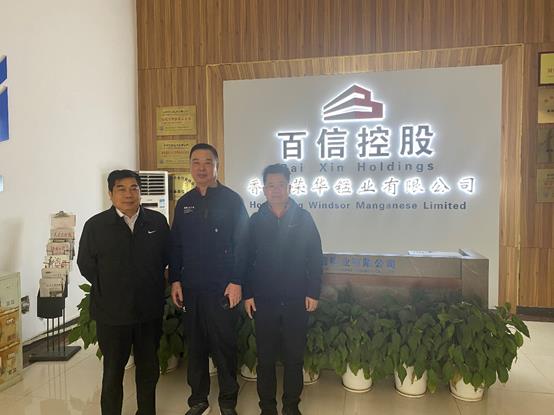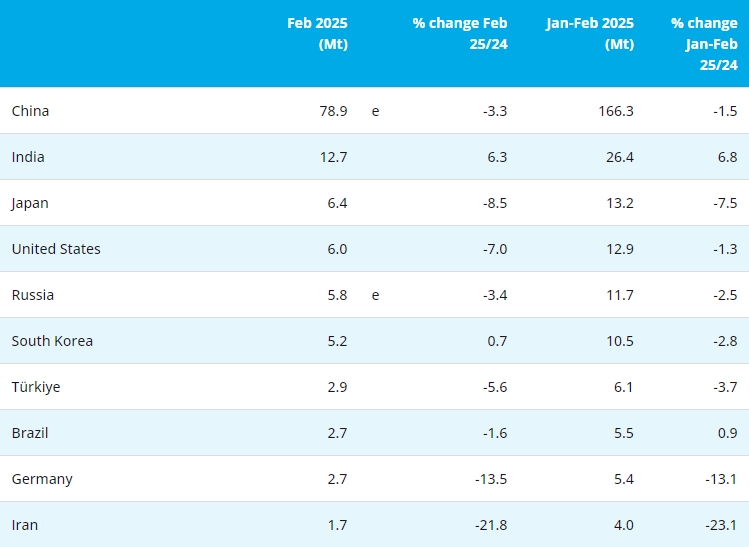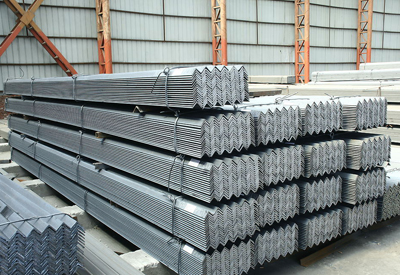
【Ferro-alloys.com】: Pig iron production reached 7.09 million tons, steel – 7.57 million tons, rolled products – 6.22 million tons
The year 2024 was another challenge for the Ukrainian steel industry, which continued to adapt to the war, volatile raw material supplies and energy crises. Nevertheless, the year’s data show a significant increase in production figures compared to 2023, which demonstrates the industry’s resilience and ability to recover.
Last year, Ukrainian steelmakers increased iron production by 18.1% compared to 2023 to 7.09 million tons, steel production by 21.6% y/y – to 7.57 million tons, and rolled products by 15.8% y/y – to 6.22 million tons.
The industry’s results are higher than in 2022-2023, but still significantly lower than in pre-war 2021 (21.2 million tons of iron; 21.4 million tons of steel; 19.08 million tons of rolled products). At the same time, reaching pre-war levels is unattainable for Ukraine’s steelmakers, as the loss of Azovstal and Ilyich Iron and Steel Works of Mariupol has significantly reduced the industry’s production potential, and operating companies are using only 50-80% of their capacity.
The opening of a sea corridor for mining and metals cargoes contributed to the increase in production. Producers have access to markets that were key in the pre-war period, which helped offset the decline in demand in the domestic market and the European Union.
Despite the positive results, the industry faces challenges, such as rising logistics and electricity tariffs, staff shortages due to migration and mobilization, and the need to meet the strict environmental standards of European markets.
Forecasts for 2025 for the Ukrainian steel industry indicate a possible decline in production and exports. Steel production is expected to decline by 9% compared to 2024, to 6.8 million tons, and exports by 16%, to 3.9 million tons.
The main factors affecting the industry are:
Global steel market: Growth in steel exports from China and weak demand in key markets are leading to lower prices. Prices for flat products in the EU are expected to decline by another 4% in 2025, which will negatively affect Ukrainian producers focused on the European market.
Logistics challenges: Despite the opening of the sea corridor, logistics remains complicated and costly, which negatively affects the competitiveness of Ukrainian steel products on international markets.
Energy and production costs: Rising tariffs for electricity and other in puts are driving up production costs, which could lead to a decline in production.
“Last year, Ukrainian steelmakers exported almost 65% of their products to the EU. However, the European market is in crisis. Other countries are tightening trade restrictions amid growing steel exports from China. The current market conditions are not favorable for Ukrainian companies,” said Andriy Glushchenko, GMK Center analyst.
At the same time, the Ukrainian steel industry has the potential to adapt to new conditions. Deeper integration with European markets, the search for new niches and products, and the modernization of production facilities can help stabilize and further develop the industry.
Overall, 2025 is expected to be a challenging year for the Ukrainian steel industry, but the industry’s experience in overcoming crises and ability to adapt give grounds for cautious optimism about the future.
- [Editor:Alakay]



 Save
Save Print
Print Daily News
Daily News Research
Research Magazine
Magazine Company Database
Company Database Customized Database
Customized Database Conferences
Conferences Advertisement
Advertisement Trade
Trade





 Online inquiry
Online inquiry Contact
Contact

Tell Us What You Think